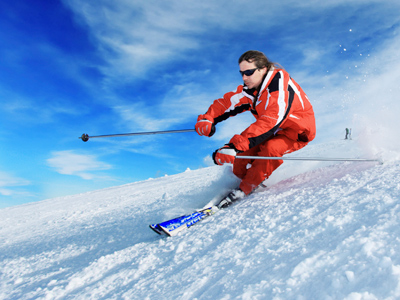
Forces 02
Jump into the world of KS2 Science with this quiz on forces like gravity, thrust, and friction – the second of three exciting quizzes exploring push and pull effects!
Forces come in types, like thrust, magnetism, and gravity. Scientist Galileo tested if gravity affects objects with different masses. He dropped a cannonball and a stone from a tower – both hit the ground at the same time, proving gravity acts the same on all objects. Feathers fall slower due to air friction. On the Moon, a feather and a hammer fall together. Test your gravity, friction, and thrust knowledge in this cool quiz on the forces of push and pull!
Make Learning Exciting - Explore how quizzes helpReady for more?
not all...
quizzers. Try to win a coveted spot on our Hall of Fame Page.







